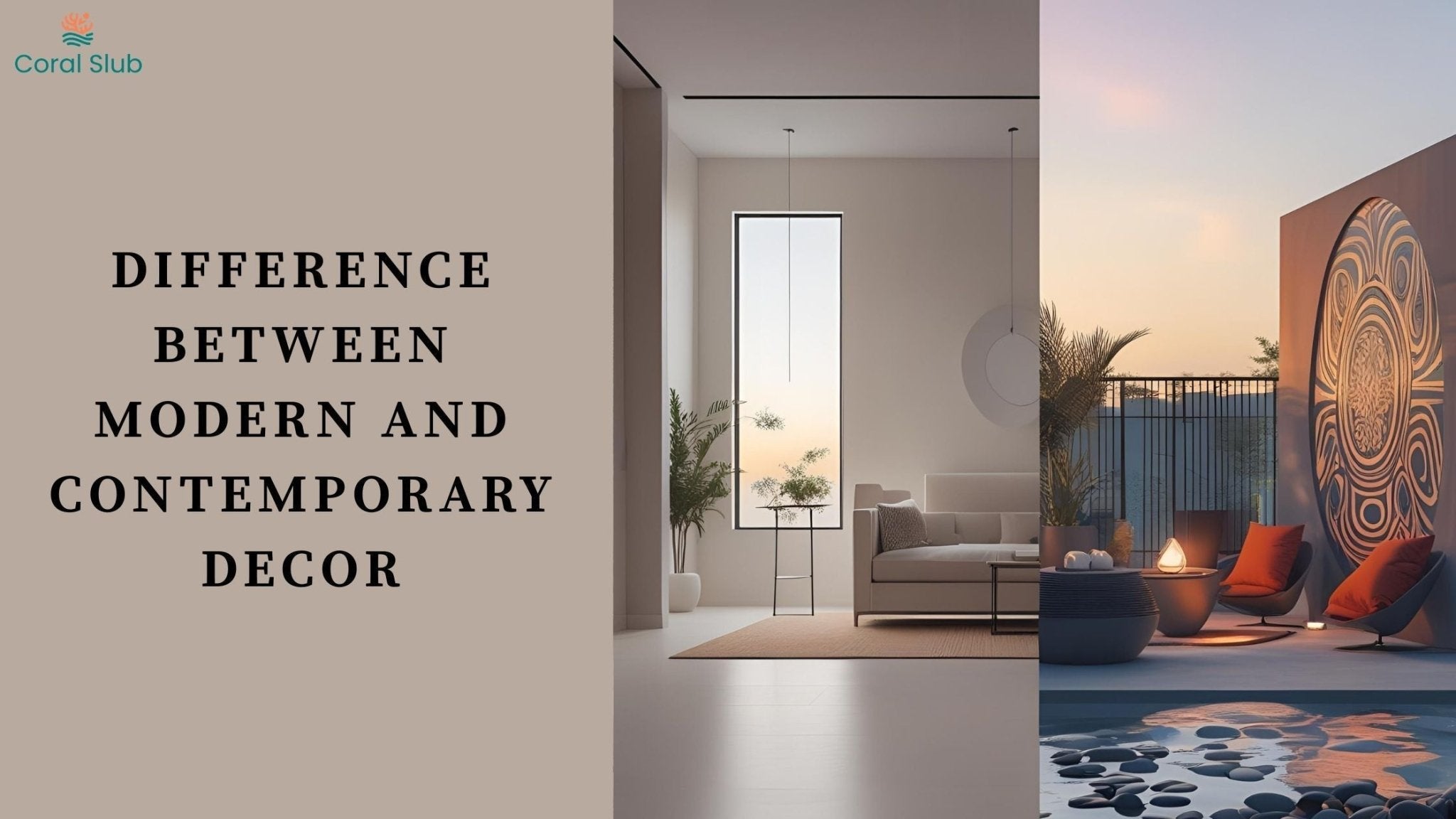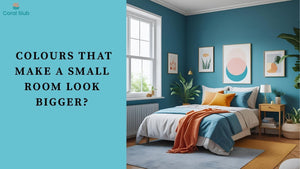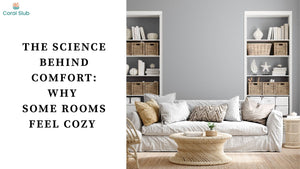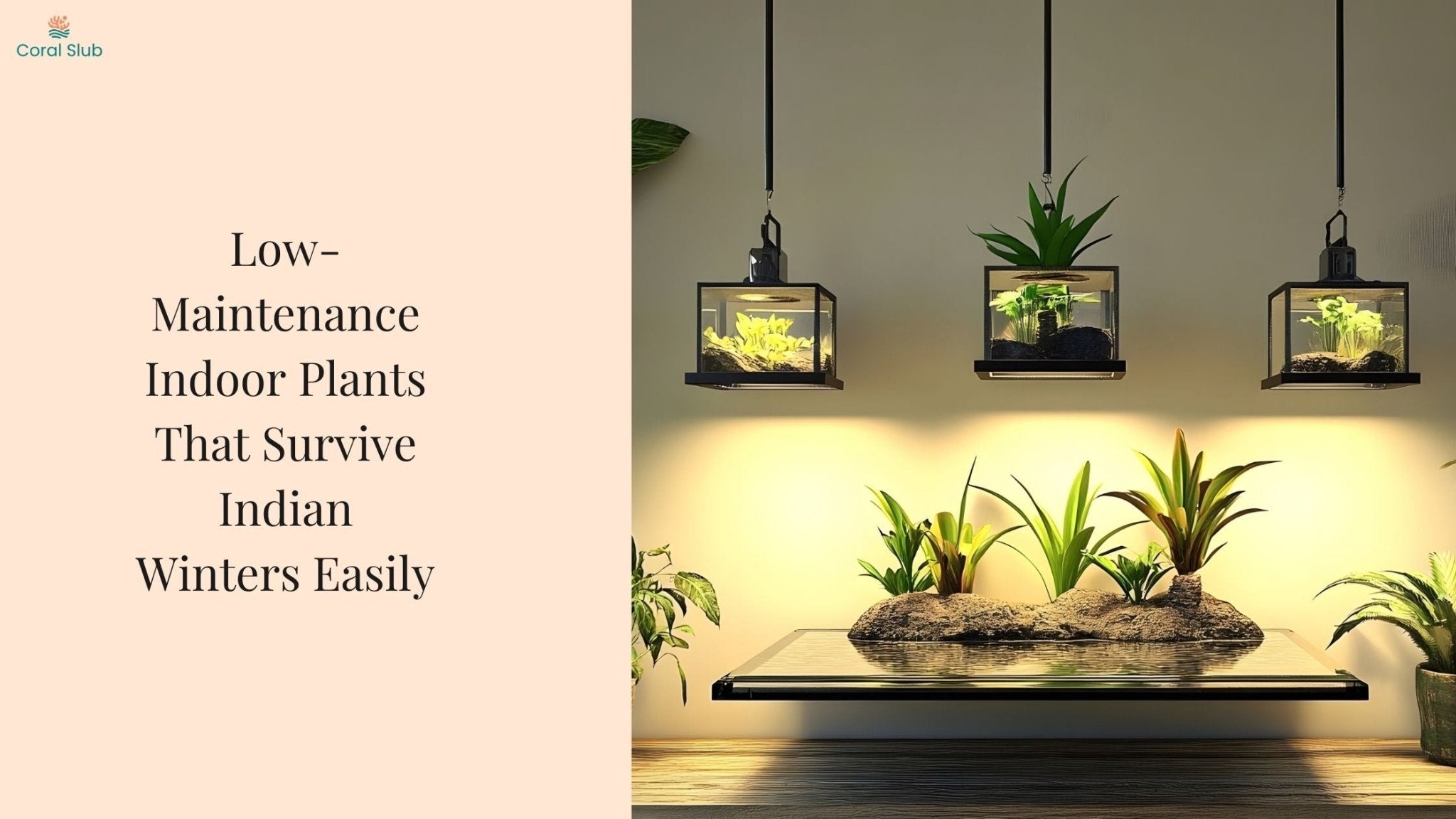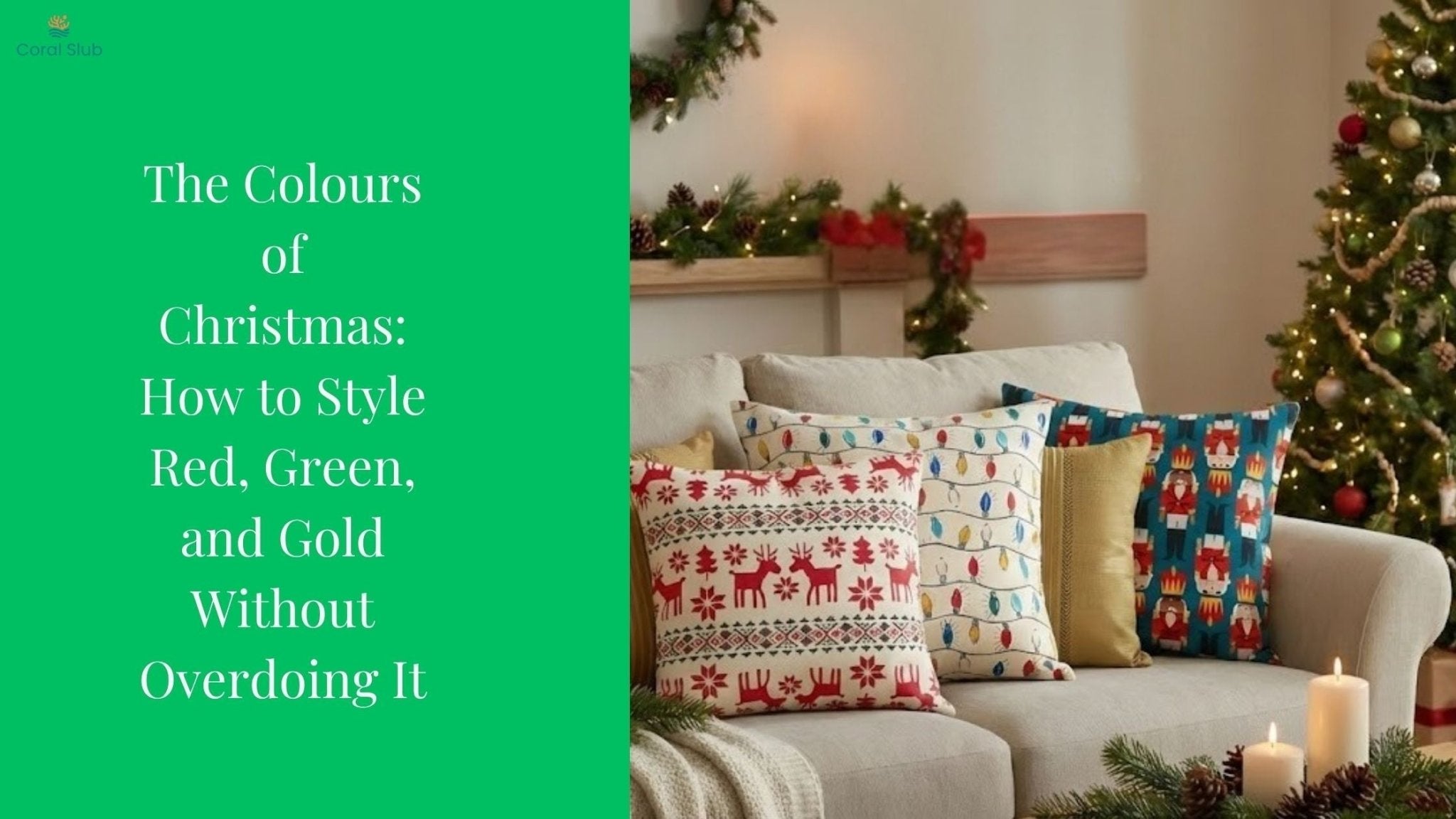The terms "modern" and "contemporary" are often used interchangeably in interior design, but they represent distinctly different styles. Understanding these differences is crucial for creating a cohesive home aesthetic that truly reflects your intended style.
Modern vs Contemporary: The Core Distinction

Modern design refers to a specific historical period and movement, while contemporary design describes what's current and trending right now. This fundamental difference shapes everything from furniture choices to color palettes.
Modern Design: Rooted in History (1920s-1950s)
Modern design emerged from the modernist movement of the early-to-mid 20th century, emphasizing function over form and rejecting unnecessary ornamentation.
Key Characteristics of Modern Design

Modern furniture features clean lines, geometric shapes, and right angles. Think rectangular coffee tables, linear sofas, and angular lighting fixtures. The color palette sticks to neutrals like white, black, gray, and beige, with occasional pops of primary colors.
Natural materials dominate modern spaces. Wood, leather, stone, and metals like steel and chrome appear in their natural state without excessive finishing. Modern design pioneered open floor plans, removing unnecessary walls to create flowing, functional areas.
Every piece of furniture serves a purpose in modern design. Storage is built-in, and decorative elements remain minimal and purposeful. Large windows and skylights maximize natural light, connecting indoor and outdoor spaces.
Iconic modern pieces include Barcelona chairs by Mies van der Rohe, Eames furniture, Bauhaus-inspired lighting, and flat-panel cabinetry with exposed structural elements.
Contemporary Design: Ever-Evolving (1970s-Present)
Contemporary design reflects current trends and continues to evolve with changing tastes, technology, and cultural influences.
Key Characteristics of Contemporary Design

Unlike modern design's rigid geometry, contemporary style embraces curves, flowing lines, and organic shapes. Contemporary interiors adapt current color trends, from monochromatic schemes to bold accent walls and trending color combinations.
Contemporary design freely combines various materials, textures, and finishes, creating visual interest through contrast. While maintaining clean aesthetics, contemporary furniture prioritizes comfort with plush seating, soft fabrics, and ergonomic design.
Contemporary homes seamlessly incorporate modern technology, from smart home systems to sleek entertainment centers. These spaces feature current artwork, trendy accessories, and statement pieces that reflect today's culture.
Current contemporary trends include sustainable materials, smart home technology, mixed metal finishes, statement lighting, textured walls, and biophilic design elements.
Visual Comparison

Modern design features low-profile, rectangular sofas in leather or solid colors, white walls with black furniture and colorful accents, materials like teak wood and chrome, geometric lighting, and large unadorned windows.

Contemporary design showcases curved sectionals with mixed textures, trending color palettes like sage green or warm terracotta, reclaimed wood and brass materials, statement chandeliers, and varied window treatments reflecting current trends.
How to Choose Between Styles

Choose modern if you appreciate timeless design principles, prefer clean uncluttered spaces, value quality craftsmanship, like neutral colors, and want a style that won't become dated.
Choose contemporary if you enjoy staying current with trends, like mixing different styles, want to incorporate latest technology, prefer comfort alongside style, and enjoy changing your decor seasonally.
Mixing Modern and Contemporary
You can successfully blend elements from both styles. Use modern furniture as anchor pieces while incorporating contemporary accessories, colors, and textures. Balance clean lines with softer curved elements and mix materials thoughtfully.
Common Misconceptions
Modern doesn't mean new. Modern design refers to a specific historical period, so a 1950s Eames chair is modern design even though it's decades old. Contemporary design incorporates current trends but doesn't mean every trendy element should be included. Good contemporary design selects lasting trends over fleeting fads.
Conclusion
Modern design offers timeless appeal rooted in historical principles, emphasizing function, clean lines, and quality materials. Contemporary design provides flexibility to reflect current trends, comfort, and personal style preferences.
The choice depends on your personal preferences and lifestyle. Whether you prefer modern's timeless minimalism or contemporary's evolving flexibility, understanding these distinctions will help you create a more intentional and cohesive living space that truly reflects your style.

